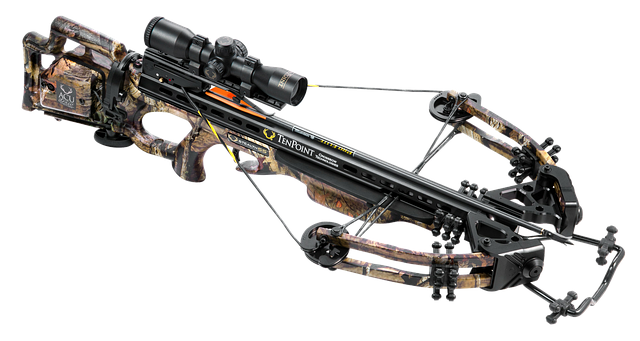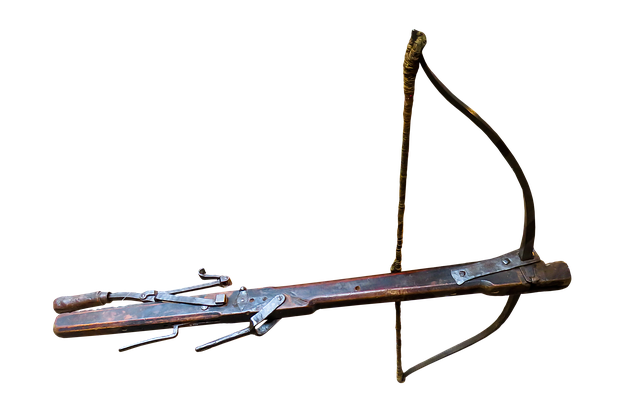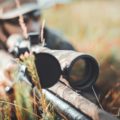
6 Important Things You Need To Know About The Crossbows
A crossbow is one of those tools that you might have herald about and seen but never used. This is because there is a particular mystery surrounding them that other weapons don’t have. Nevertheless, they are increasingly gaining popularity due to several reasons. The first being that they are precision instruments but are also silent. Hunters like them because they are a more visceral method of hunting prey, and you don’t need to wear ear defenders, giving you a sense of freedom that you cannot get from a rifle. So what makes a crossbow so unique?
1. You Can Accessorize
Just like a rifle, you can kit out your crossbow to your heart’s content by adding scopes, upgrading the parts, and anything in between. The most common accessories are the scope that enables the more accurate shooting, but many hunters will opt for more basic things like a sling that makes for easier carrying. You can find lots of accessory ideas over at this site, as well as information about the technology of more sophisticated models. The best thing is that there is no shortage of things you can attach to improve your accuracy and comfort. Some of the more popular items include:
- Scope.
- Quiver.
- Cocking aid.
- Sling.
- Case.
2. They Are Made Of Six Components
As a relatively simple device, a crossbow is essentially made up of six parts that make the whole. These include:
- Stirrup: The stirrup is at the front and is typically made from rigid metal. This is because, for crossbows with higher draw weights, you will need to use your foot to draw the bowstring back with sufficient force to lock it in place.
- Stock: You can think of this as the “chassis” of the crossbow. Everything else is attached directly or indirectly to the stock.
- Limbs: These are the parts that look like a horizontal bow. There are two limbs that are drawn back, and this is what provides the power. Some more advanced crossbows will have pulley systems on the limbs to aid in drawing back the string.
- Bowstring: This is the string that transfers the potential energy of the limbs into kinetic energy that powers the bolt along the rail and subsequently into the target.
- Rail: The bolt sits here until the bowstring forces it out.
- Trigger: This is the part you pull to release the bowstring. More advanced models will feature options to make the trigger lighter according to your needs.

3. Keep Them In Good Working Order
For a crossbow to perform well, be accurate, effective, and last a long time, regular maintenance is essential. Consult the owner’s manual that comes with your crossbow to determine how often cable and string need to be replaced. If necessary, cables and strings should be replaced sooner, depending on how often you use your crossbow.
Over time, steel cables and strings stretch, which lowers the draw weight; the trajectory, range, speed, and energy of the arrow will all be affected by this. It would help if you lubricated rails as the manufacturers recommend, and you should also wax strings simultaneously. These two measures will prolong the string’s life. Strings can last 150 shots or more if they are properly lubed and waxed, but the key is to keep them clean.
4. Choosing The Right Bolt Is Critical
There are numerous bolt types that you can select, and whichever you choose will directly affect the outcome of your hunt. The bolts will vary based on material and head. Two main head varieties include:
- Field Points: These are used for target practice rather than hunting. The tips are not flared, so they will pass through the animal rather than killing it.
- Broad-Heads: These are the hunting tips. You will use these when hunting as they will cause enough internal damage to kill the animal quickly.
5. Safety Should Be A Priority
As with guns, safety should always be your priority when handling these weapons. Many people make the mistake of treating their crossbow carelessly. It would help if you always referred to the owner’s manual when you are unaware of something. You should treat a crossbow much like a firearm when handling it, with the key being never carry a locked and loaded crossbow.
6. Practice In Real-life Is Essential
You should set up a practice schedule when it is the off-season and try to maintain it. Try to practice how you hunt rather than merely standing in a static position. This will keep your hunting skills honed and ready for the next hunting season.
Crossbows are fantastic tools that skilled hunters use to significant effect. When you understand how they work and treat them with respect, you should have a tremendous amount of fun with them.











